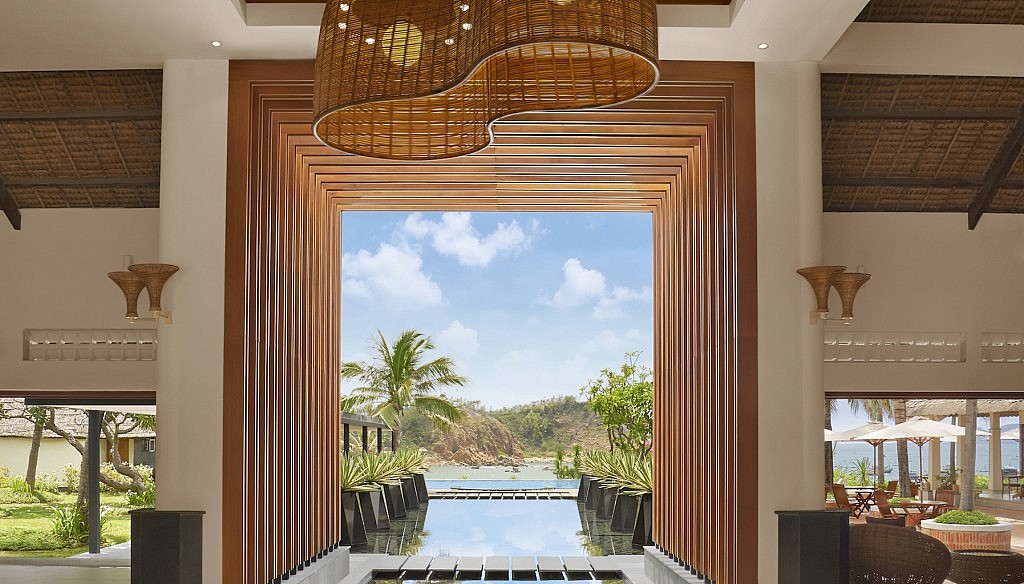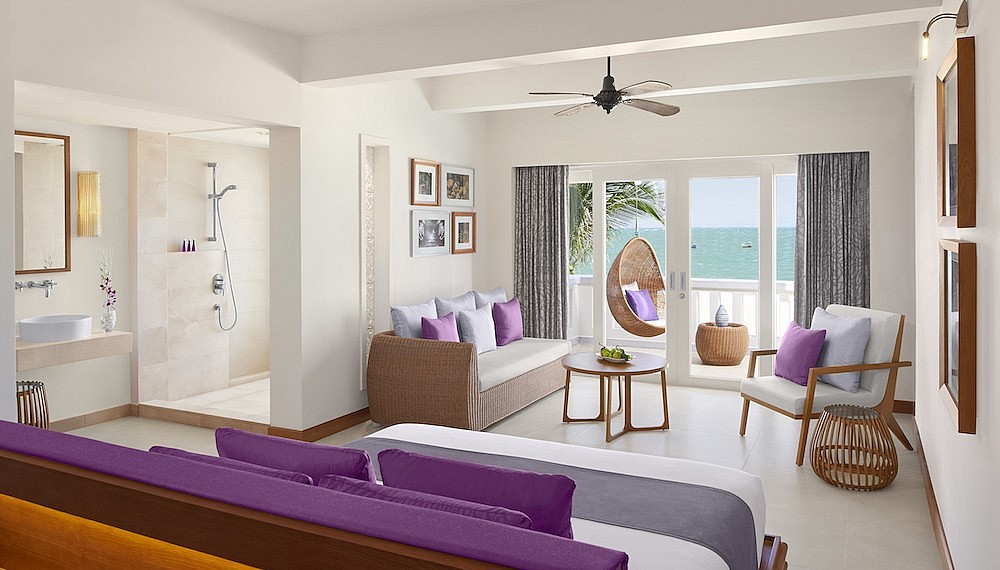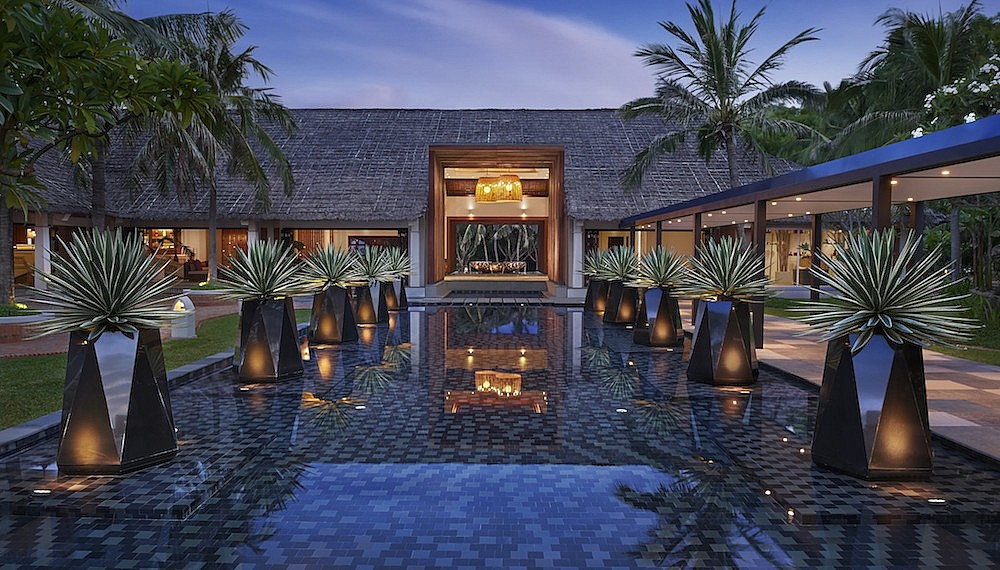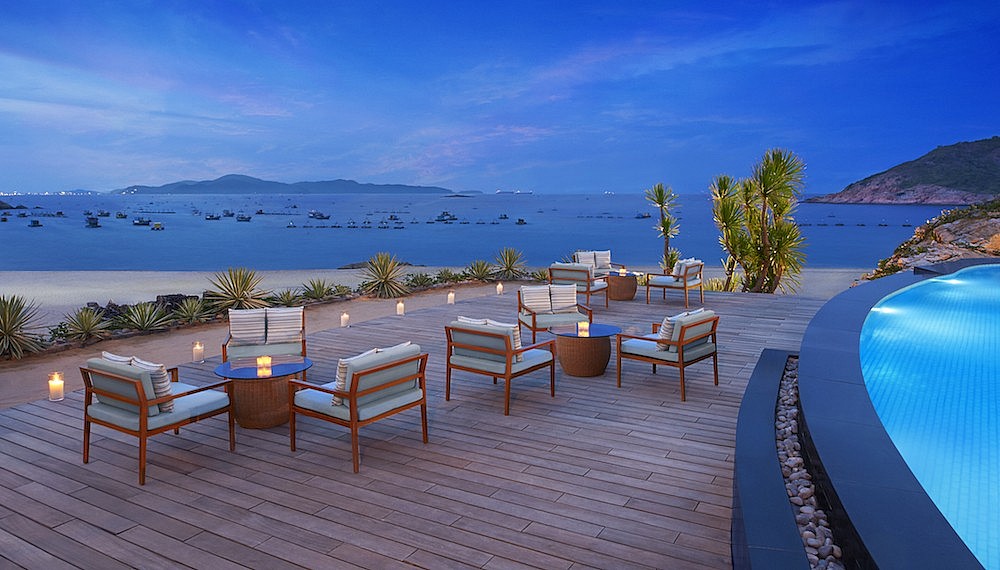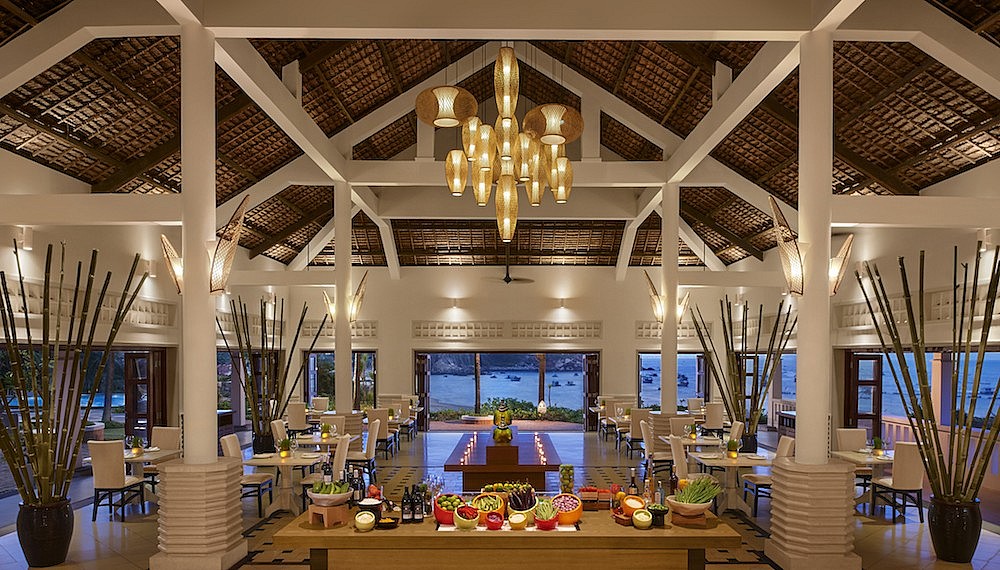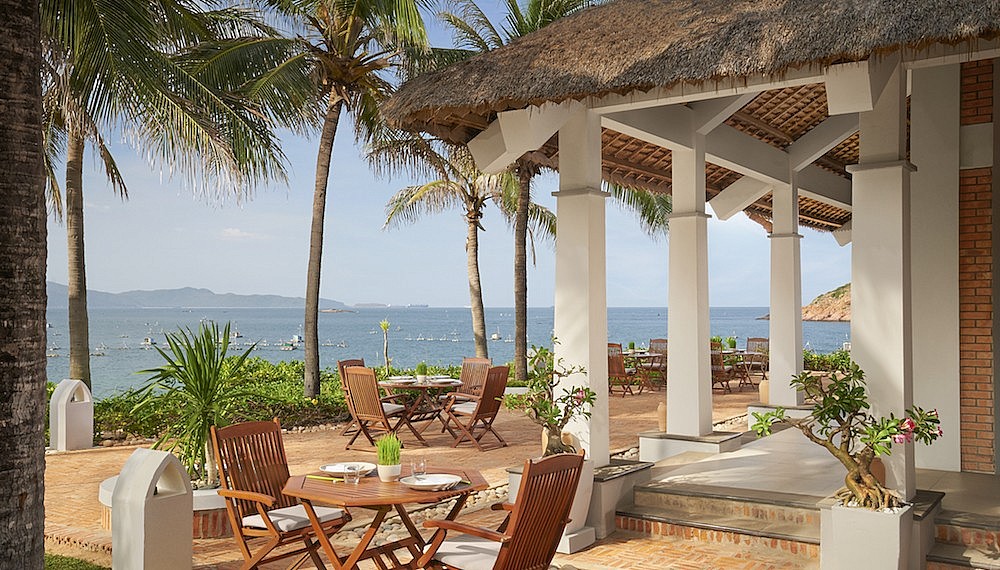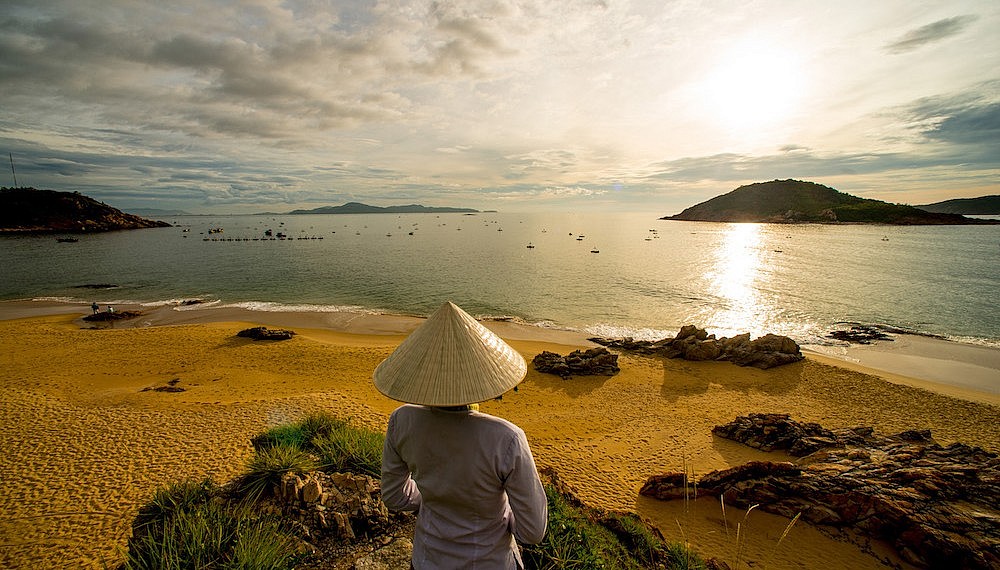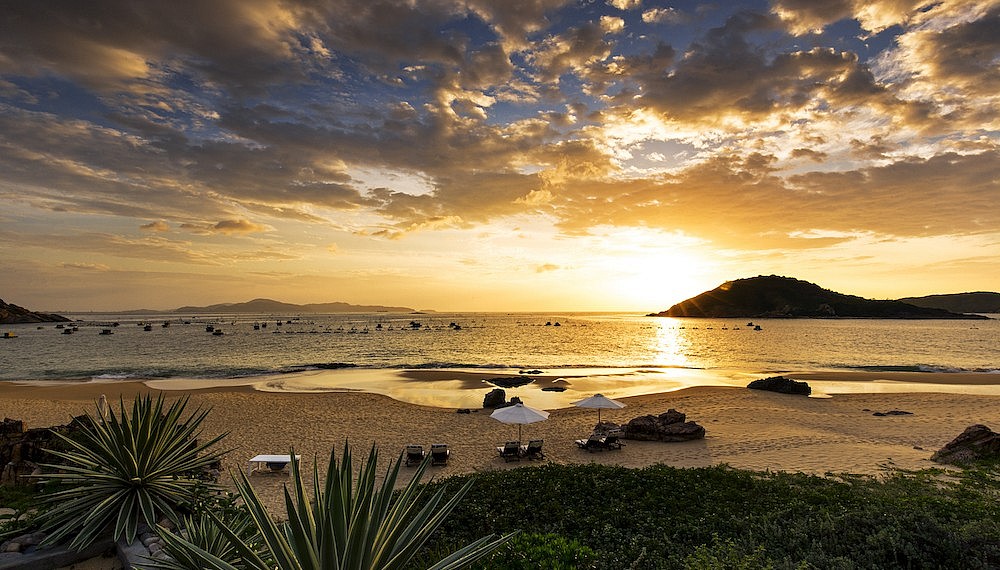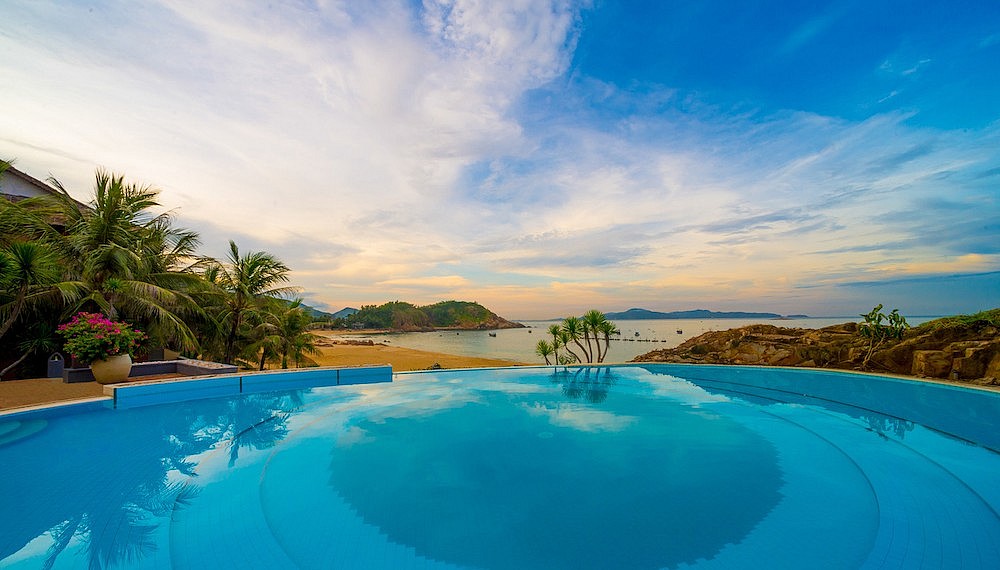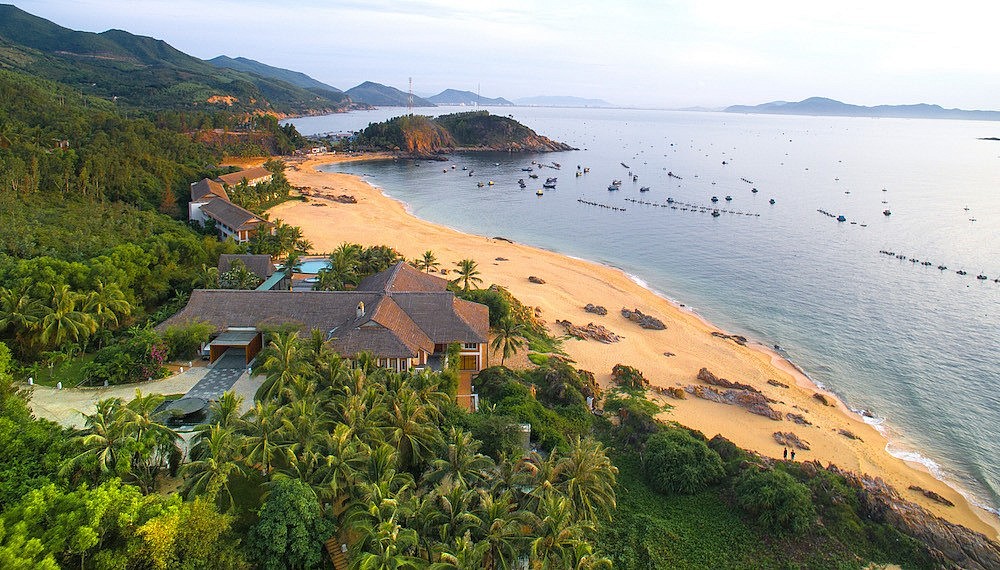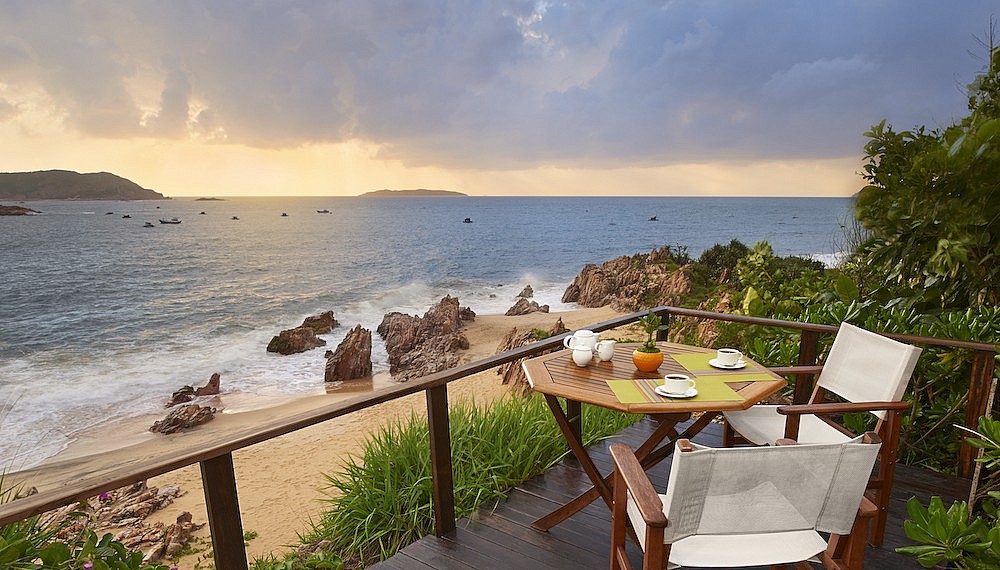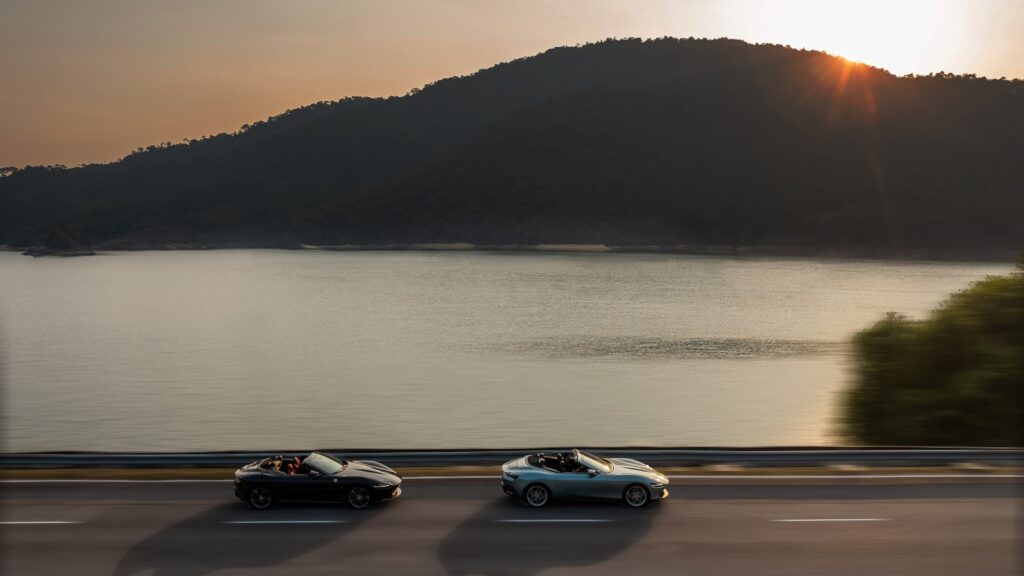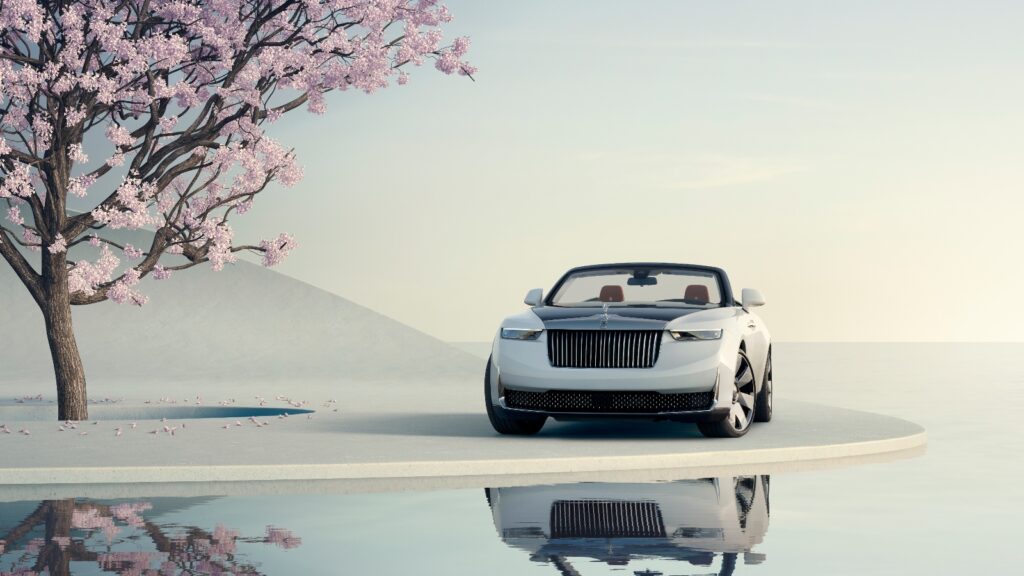Charmed and cham
Between Ho Chi Minh City and Danang, Vietnam’s third city, is a coastline that runs for over a thousand kilometres. Along this stretch are peninsulas jutting out to the southeast shaped by monsoons protecting tranquil bays, ribbons of pristine beaches and towns crammed with history. These are paths less trodden well worth trodding. Along one of these paths, offering a more languid option to the kinetic, chaotic buzz of Vietnamese cities, is the Avani Quy Nhon.
The journey to the resort is picturesque. On one side, towering hills carpeted with green; on the other, a sea of astonishing blue rushing up to dramatic rocks. Now and then, golden sands peep through the trees, inviting like a siren’s call. A quick turn off the coastal highway, down a steep path and within a minute, you arrive at the breezy lobby of the Avani Quy Nhon (pronounced kwee-nyon), with a beach of those golden sand grains peeping through at the end of a lofty space.
There are check-in formalities to go through at first, but at the Avani Quy Nhon, this is accompanied by a two-minute head and shoulder massage in the lobby. It’s a little preview of things to come at the AvaniSpa, where the warming embrace of a sand sauna paves the way for wellness treatments taking place within a shaded tropical groove. A major renovation is planned for the Spa soon, upping up the luxury quotient but, we are told, preserving its lush, rustic aura. As well as its lofty perch overlook the South China Sea.
Height defines the rest of the resort. In three tiered layers, all rooms at the Avani Quy Nhon face the sea from an elevated angle, revealing the inviting expanse of sand and the waters beyond the twinkle at night with lobster fishing pods and greet the sun as it rises every morning. Space within the deluxe studio rooms and junior ocean suites is generous – you could dance a tango in here – with cheeky shades of purple and orange, as well as exposed brick walls, adding character. It’s a design choice that aims to cheer you up instead of being quietly minimalist, and it succeeds. The Avani Quy Nhon does not seek to be a sleek and austere experience; rather, it aims to burst with conviviality and welcome. Past the enticing blue of the swimming pool – perfect for sundowners – just behind the restaurant Tre (serving a delicate balance of Vietnamese and international dishes) is a rocky outcrop, where height again asserts itself. This is the best place to appreciate the sweeping curve of the beach and sea. At sunset, the mood here smoulders with romance – which is why the resort seats its many honeymooning couples here for private dinners.
From this peak, just to the right of this crag is another stretch of perfect sand. Bordered by lush trees, this is a vision of what’s to come. Joining the Avani in mid-2018 will be its sister brand Anantara, setting up 25 resort villas (each with its own pool) here. Layouts will be recalibrated when this happens – the revamp of the AvaniSpa is meant to created a new wellness centre to serve both properties – but maintaining two distinct vibes. Meant to be a more private companion to the gregarious nature of the Avani, the Anantara Quy Nhon will be a testament to the appeal of this serene part of Vietnam. Because the land here was once part of the ancient Champa kingdom, which left behind atmospheric relics well worth exploring.
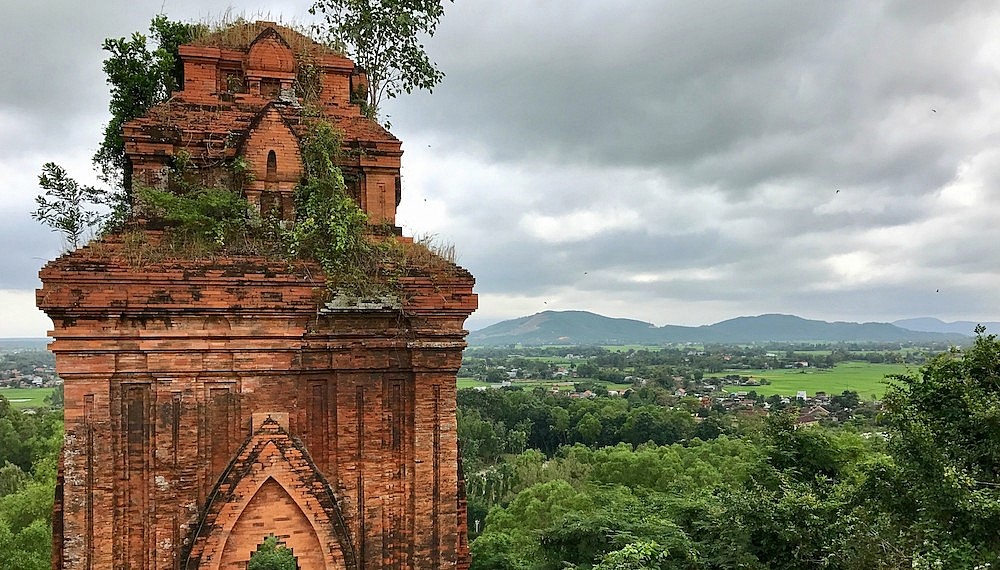
The Avani Quy Nhon’s History Buff tour begins in the city of Quy Nhon, just north of the resort. Defined by a giant crescent of a beach, Quy Nhon has an unhurried atmosphere to match its wide avenues. Putter down these streets the back of a motorcycle with local guide Tung. Fresh noodles and good coffee at his favourite local stalls prep you for the journey ahead, which eventually leads into the countryside, where towering Cham remnants still stand. These are a revelation, particularly the dramatic and desolate Banh It complex – four astonishingly well-preserved 11th century towers on a hill overlooking the slow encroachment of modernity. Stop for a quick lunch and swigs of homemade rice wine at Tung’s family house, then to the Binh Dinh Museum where the story of the Cham dynasty and the Binh Dinh province is told, together with a room of intricate statues and stele rescued from other Cham towers. It is a history that is fascinating – and unlike the congested yet monumental Angkor Wat – still relatively unknown and unexplored, brimming with enigma. For travellers with a streak of exploratory nature, this has great appeal. Why is why this is a path of Vietnam that is well worth trodding.
